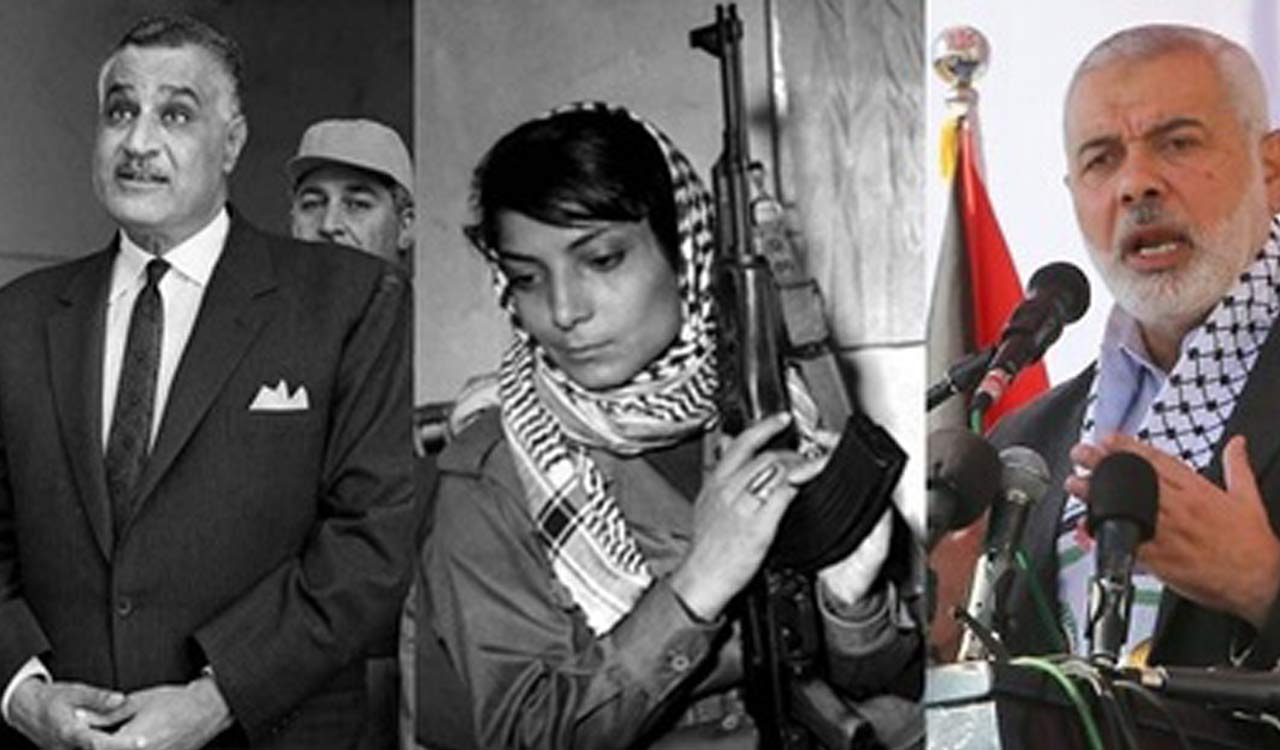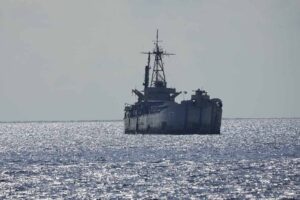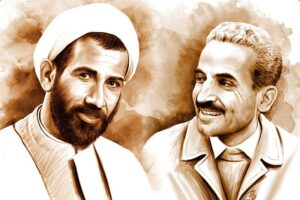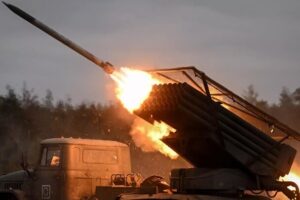The roots of the insurrection and terrorism plaguing the region and beyond into the 21st century can be traced back to the pivotal years of 1967 and 1979 in the Middle East and its surrounding areas.
Published Date – 12:17 PM, Sun – 15 October 23

New Delhi: The Hezbollah, the Hamas, the Islamic Jihad, and on the other hand, differing in approach, scope, and strategy – the Al Qaeda and the Islamic State. Why have Islamist militant and terrorist groups emerged as the predominant Arab organisations on the global stage, gaining ground over nation states and secular political outfits?
The answer lies in the events in the Middle East and its periphery in two watershed years – 1967 and 1979 – with both equally contributing to the insurrection and terrorism that would hit afflict the region and the wider world well into the 21st century and beyond.
Many of the reasons for the emergence of Islamist ‘liberation’ groups like the Hezbollah and the Hamas can be traced to one short war between Arabs and Israelis over half a century ago, as per a Pulitzer Prize-winning American historian, currently in the news for penning the biography of the top American nuclear physicist that has been brought on the screen `as “Oppenheimer”.
Journalist-turned-author Kai Bird traces the region’s problems to the “Six Day War” or the 1967 Arab-Israeli War. Just five when his family moved to East Jerusalem where his father was American consul, he spent a considerable part of his early life there as well as Cairo, Beirut, and Saudi Arabia as described in “Crossing Mandelbaum Gate: Coming of Age Between the Arabs and Israelis, 1956-1978” (2010).
This conflict, he had told IANS, was unintended but ensued when Arab “sabre-rattling” led to an Israeli pre-emptive attack.
“One moment the slide-down began was the June 1967 War which planted all seeds of present troubles… the occupation of the West Bank and Jerusalem corrupted the Israeli state and its objectives, it disgraced and humiliated secular, nationalist leaders like Gamal Abdel Nasser and left the field open for the Islamists,” he had said.
And the loss of credibility of existing Arab leaders was, in the long run, self-defeating for the Israelis for it created a new crop of “radical, embittered and uncompromising” enemies, he said, but contended that the Islamists do not present a viable alternative.
Islamist groups like Hezbollah and Hamas no doubt reflect the frustration of people but “priests, rabbis and mullahs rarely have solutions to problems of the 21st century, like education and employment”, he said.
Bird, however, says the Palestinian militants of the 1970s were different from the terrorists of Al Qaeda and IS.
Palestinian airline hijacker Leila Khaled, whose photo cradling an AK-47 and wearing a bullet ring attained iconic status, had never intended to kill anyone in both the hijackings she committed in 1969-1970, and she had condemned the 9/11 attacks, he noted.
“I have met Leila Khaled in Amman. She is still unapologetic about what she did. But it would not be fair to call her a terrorist. She was a professional revolutionary who put on spectacular political theatre,” he said.
The second watershed year was 1979 and its three key events. In chronological order, these were the Iranian revolution leading to the Shah’s flight and the return from exile of Ayatollah Khomeini, the seizure of the Grand Mosque at Mecca by a group of radicals, and the Soviet Union’s invasion of Afghanistan, after its earlier regime change option did not proceed as it wanted.
After Ayatollah Khomeini’s return to Iran in February 1979, the foundations of the theocratic state were soon laid and the US hostage crisis, where members of a radical group stormed the US Embassy in Tehran in November and held over 60 diplomats hostage, was a pivotal moment in US-Iran relations.
While the women and African-American staff were soon released, the other male staff remained prisoners for over 440 days. While they were eventually released, the strong US-Iran relations that endured for a quarter century under the Shah, who allowed the Americans listening posts on the Soviet border, sold oil to Israel, and even disrupted OPEC strategy for US interests, was over and the two nations implacable enemies.
While the Iranian revolution had led to the first theocratic regime in the Middle East, the storming and siege of the Great Mosque at Mecca by a band led by soldier Juhayman al-Otaybi, protesting the “corruption and un-Islamic” actions of the Saudi monarchy and clerics, underpinned how precarious even well-established regime were. It took Saudi special forces over two weeks to force out the assailants and reclaim the holiest mosque of Islam.
While Afghanistan is not a part of the Middle East, the Soviet invasion on December 24, 1979 to remove the intractable Hafizullah Amin, unleashed another major factor – the Western push to support the mujaheddin to bleed the Soviets. The step, which left Islamist militants trained, armed, and credible, would recoil badly on the West – as 9/11 showed.





